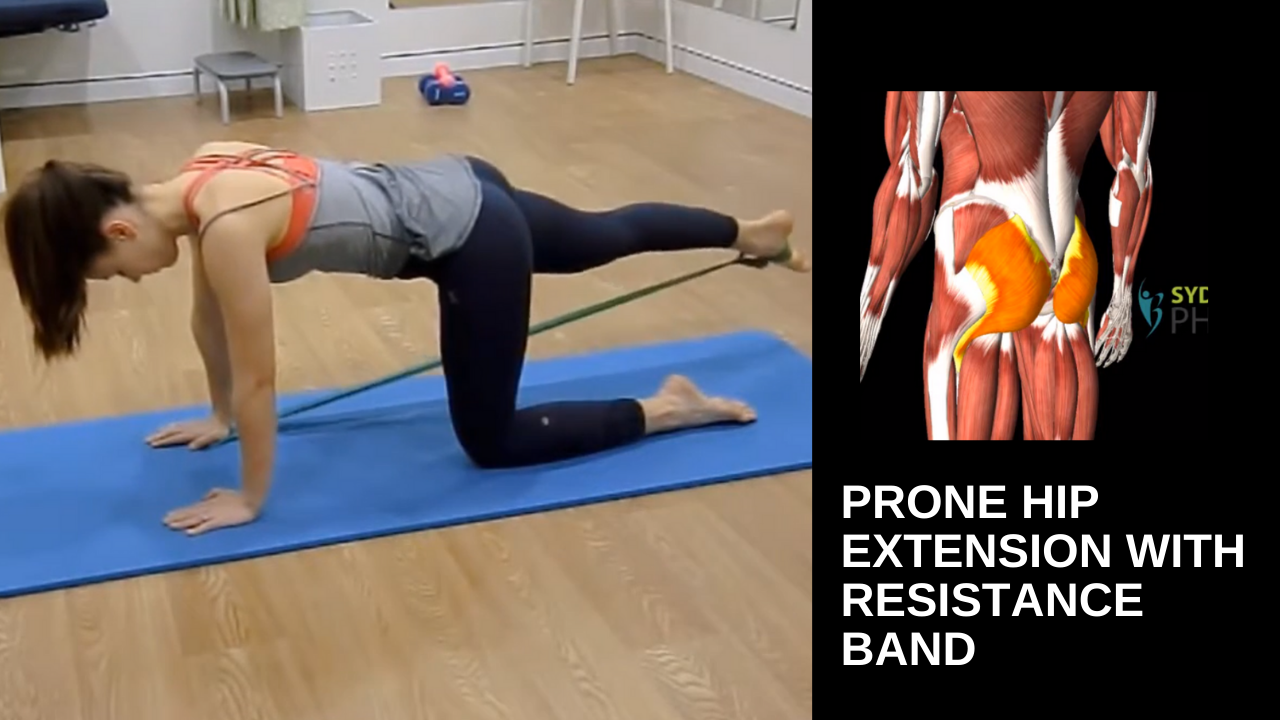Meniscus injury may not require surgery
What is a meniscus?
Our meniscus is a fibrocartilage layer that separates our femur (thigh bone) from our tibia (shin bone). Its role is to provide rotational stability to your knee and act as a shock absorber to the ground reaction force. The meniscus enables us to operate under load – walking, running, jumping, and changing direction.
Meniscal issues can be degenerative or can be due to trauma (acute injury).
Meniscus degenerations can occur with the individual not experiencing any pain. Approximately 30% of individuals had a meniscal lesion/tear on MRI with no trauma (Guermazi et al. BMJ 2012). However, sometimes it can cause pain with simple movements such as turning with a golf swing, getting out of the car, or low squatting/kneeling. You could have done this movement millions of times before you start to experience pain.
Acute meniscal injury typically occurs traumatically from twisting, cutting, or changing direction quickly. Symptoms usually present themselves as:
Pain in and around the knee.
Swelling (which can occur instantly or 1-2 days later.
Decreased ability to fully bend or straighten your knee.
Popping, clicking, or locking of the knee joint.
Meniscus Injury? What are your next steps?
Do you need surgery?? – not likely. A recent systematic review (2017) (review of all the appropriate studies) showed no evidence for surgical intervention in degenerative meniscal tears versus conservative rehabilitation management. This means people got the same results of recovery with physiotherapy when compared to surgery. At 3 months, 1 year, and long-term follow-up, your knee will often function just as well when you received physiotherapy rehabilitation alone.
(Surgery applies when the tear produces a flap that gets caught within the joint. Imaging is needed to confirm this.)
Why rehabilitation over surgical intervention for a degenerative meniscal tear:
Surgical intervention works best with doing a rehabilitation program prior and after (so you still have to do all the hard work)
Surgical intervention means loss of full function for ~ 3 months post-surgery!
The three-month rehabilitation will involve strengthening the knee and hip muscles to help with stability. We gradually progress to more functional and more sport-specific exercises.
Treatment for the meniscus
Our treatment approach would tailor to the degree of knee restriction and severity. It usually starts with treatment to improve knee range of motion, reduce swelling and improve stability. Electrotherapy, compression therapy, and therapeutic needling are effective treatments that we administer to mitigate inflammation and discomfort.
Most meniscal injuries don’t require surgical intervention. Sydney Health Physiotherapy ensures successful conservative management – along with the assistance of the doctors we work closely with.











